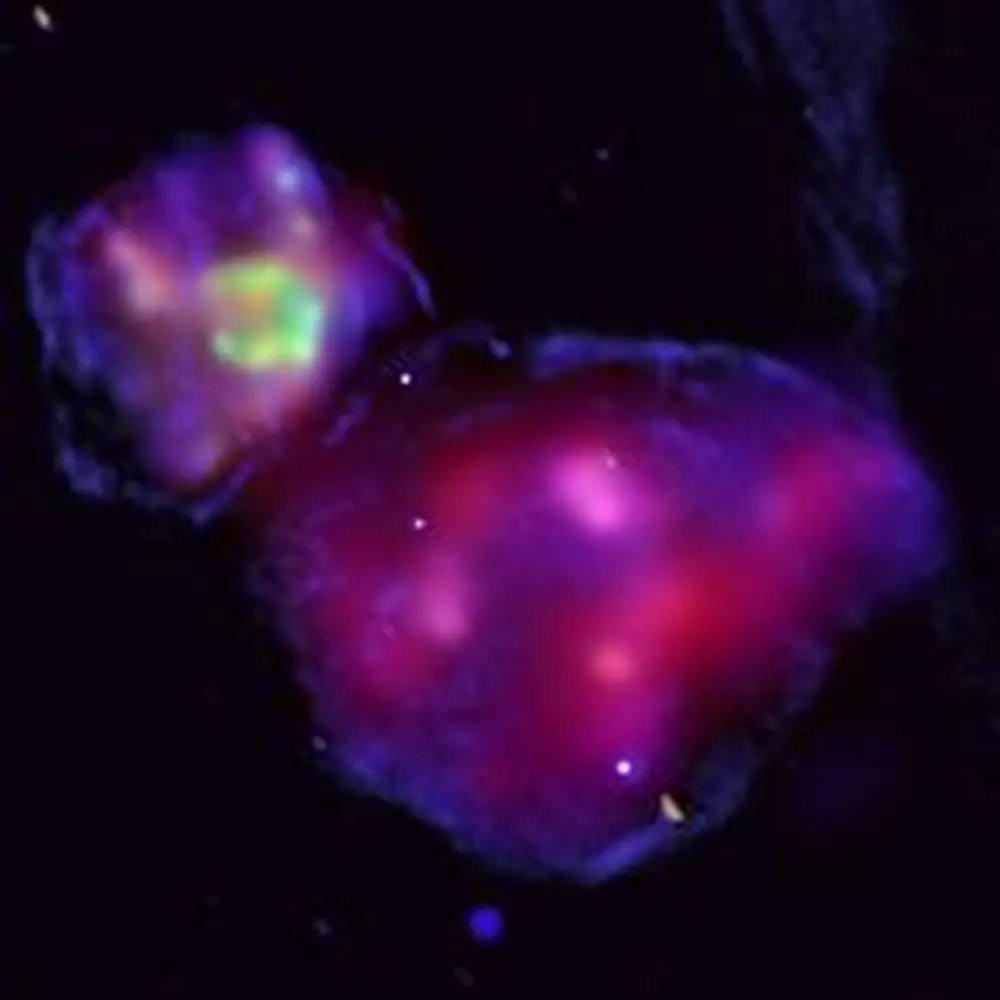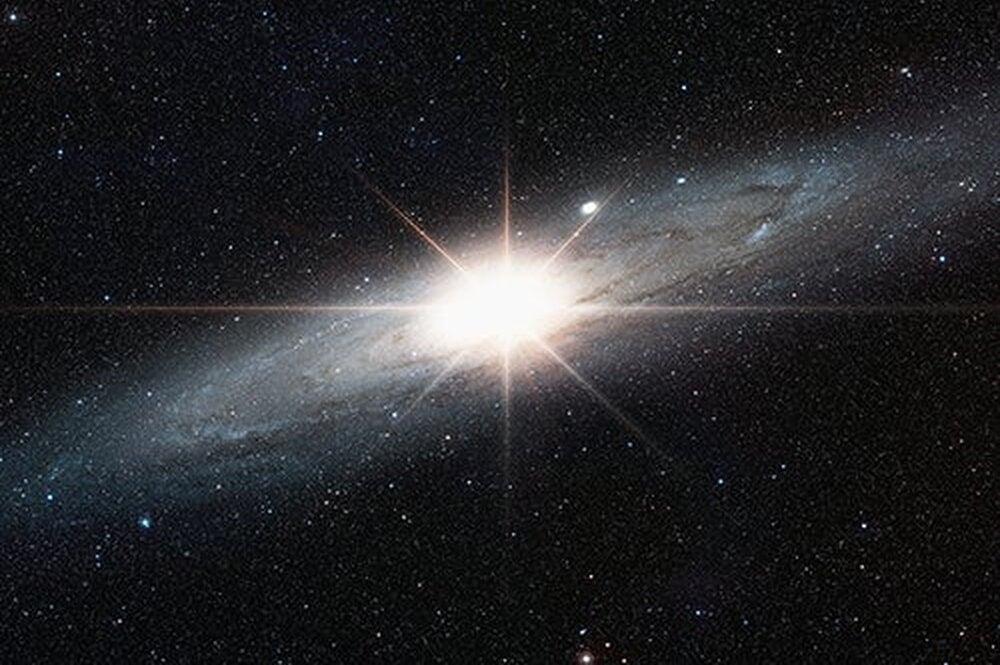

Just call it CSI: Interstellar Space.
Like deep-space forensic experts, astronomers Rosa Williams and You-Hua Chu from U. of I.'s College of Liberal Arts and Sciences approach the death scenes of exploding stars as if they were crime scene investigations. And among their mostly recently solved mysteries is the Case of the Odd-Couple Stars.
When a star dies a violent death, it is called a "supernova," an exploding star that releases vast amounts of energy. As Williams puts it, "Long after a star has exploded, the shock and material from that star continues to sweep out an ever-increasing sphere in the interstellar medium."
In fact, she says the process in which an exploding star scatters its remains across space can be compared to the return of human bodily remains to the soil. Only in this case interstellar space is the "soil" in which the stars' remnants scatter.
Scientists had been puzzled about how the remains of two dead stars could occupy what appeared to be the same region of space-about 160,000 light years away in a galaxy known as the Large Magellanic Cloud. Some had even dubbed the two dead stars "the celestial odd couple."
One theory was that although it appears that two separate stars exploded in the Large Magellanic Cloud, in reality a single supernova created two "hot gas shells." But Williams and Chu have confirmed that the remnants in space actually did come from two different exploding stars.
Williams said they followed up on the work of astronomer Mamiko Nishiuchi and a group from Japan, who first detected iron in one of the remnants. Using NASA's Chandra X-ray Observatory-an orbiting telescope-the U. of I. team found that the remnant in the upper-left region contains significantly more iron than the lower-right remnant.
"This implies that stars with very different ages exploded to produce these objects," Williams says. "The remnant on the upper left is from an old white dwarf star in a binary system, and the one on the lower right is from a much younger, massive star."
But what are the chances that two different stars would explode in such close proximity? And are the remnants of the two stars actually colliding, as they appear to be?
Williams says it is highly unlikely that two stars would explode so close to each other in time and space. "So the apparent proximity of the remnants is probably the result of a chance alignment," she explains.
In other words, it may be an illusion created by the positioning of the dead stars.


